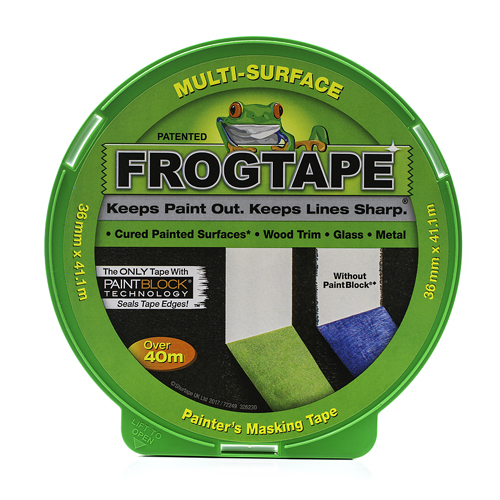Note that some contractors may quote on the job and skip the primer step while other paint professionals may offer an hourly quote while advocating primer. The condition of your walls determines if, in fact, you need to use primer or not. If the walls happen to be recently painted, this could suffice. When you are painting out a dark color, anticipate making time to apply some layers of primer.
Plenty of painters choose to omit the primer and state they don’t have time or cash. Priming the walls can feel like a waste for a lot of. In case there are water stains or surface stains of any kind, priming is vital. Check around the window seal along with the roof to see if there are any indications of water damage. Using primer is a vital step for hiding problems creating a surface optimal for paint adhesion.
Why Primer Is Considered Necessary
Primer preps the area to become stable and lets paint layers to stick to it. Primer hides stains on the surface and seals dark paint colors. Significantly less paint is needed when the primer achieves the coverup..
Provides a Stable Surface Base
The wall state may be permeable or not and this will dictate if a primer is required. If the surface is extremely porous, too much paint will collect. A variety of paint coats will be needed to create a uniform finish. Primer can certainly help seal the wall condition and invite you to employ less paint.
Adhesion can be tough with color paints if the wall is way too glossy and smooth. Using a primer provides a slightly porous texture with the appropriate amount of roughness to generate perfect paint adhesion.
Take Care Of Stains
Unsightly wall-stains can sometimes pass through through the paint. When you secure the wall with a primer, you don’t need to panic about this. Your colour coat can continue its’ showcasing transformation without any stain interference.
Primer ordinarily costs considerably less than paint. It is cheaper to rely on primer coats for your base instead of paint.
Using a paint primer can bring endurance to your painting project. It is advisable to determine the condition of the wall after you prime it since it can make a significant difference.
Is Priming Prior To Painting Necessary?
There are several reasons why priming before painting is preferred. Popular priming situations include a permeable surface. A great deal of surfaces are porous. Employing a primer first, you can create a uniform surface to equally absorb paint.
New Drywall
New drywall is incredibly porous. The joint compound over the seams and the bare front paper is extremely porous. Use less paint overall by choosing to prime your walls first.
Prime your sheetrock first to use significantly less paint.
Wood Surfaces
Bare wood is likewise thirsty and porous. Save yourself loads of paint using a suitable primer first.
Bare wood is furthermore thirsty and porous. Save yourself plenty of paint by using a appropriate primer first.
Bricks and masonry are exceptionally porous too. Take a look for a heat-recommended primer to seal before painting.
Drywall Is Skim-Coated
A drywall skim coat is a thin portion of drywall compound skimmed across the plain drywall. This is regarded as the highest finish grade, referred to as a level five finish. It's a very porous item, comparable to wood and drywall. It needs a minimum of one layer of primer before painting.
When the Prior Coat Is Glossy
If you are repainting anything that has a shiny paint coat, you need to scuff it up for best results. Take some sand paper and roughen up the finish. Next, apply one or two primer coats to ensure your topcoat proceeds perfectly. The primer will help your product hold paint far better, even if you miss the scuffing step. Using steel wool or sandpaper on shiny plastics or paint before painting will generate texture and invite better paint adhesion.
Changing Colour From Dark to Light
Use two layers of white primer for your bottom coat if you are painting over a dark color including black. Using the primer helps to prevent dark colors from bleeding through lighter applications. Frequently, the primer can be found in different tints. In the event you are transitioning from a light color to a dark color, you could opt to tint your primer. This can lessen the number of coats you need.
This can help you require fewer coats overall.
Water-stained or spotted sites tremendously benefit from a primer. A product such as Kilz is fantastic for sealing mildew or mold and creating a barrier. Priming allows you to prepare the wall surface for the greatest paint results. It's is a worthwhile extra step.



